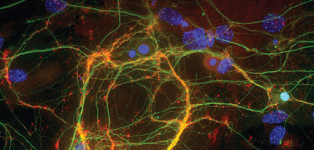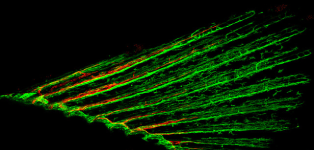




Learn about the institute’s new 5-year plan and its research goals, strategies, cross-cutting themes, and aspirational goals.

Explore the Bethesda campus, including the NICHD Zebrafish Research Section (Building 6), and learn more about how NIH works to turn discovery into health.

Oh baby! Children have some unique health needs, especially during infancy. Learn about how NICHD research helps improve infant care and infant health.

February 18, 2025
Charting a Roadmap for the Next Five Years
Released in January, the NICHD Strategic Plan 2025 lays out updated priorities to guide the institute’s research over the next five years. While our five major research goals are unchanged, we made substantial updates to reflect shifts in public health priorities and the evolution of new technologies.

